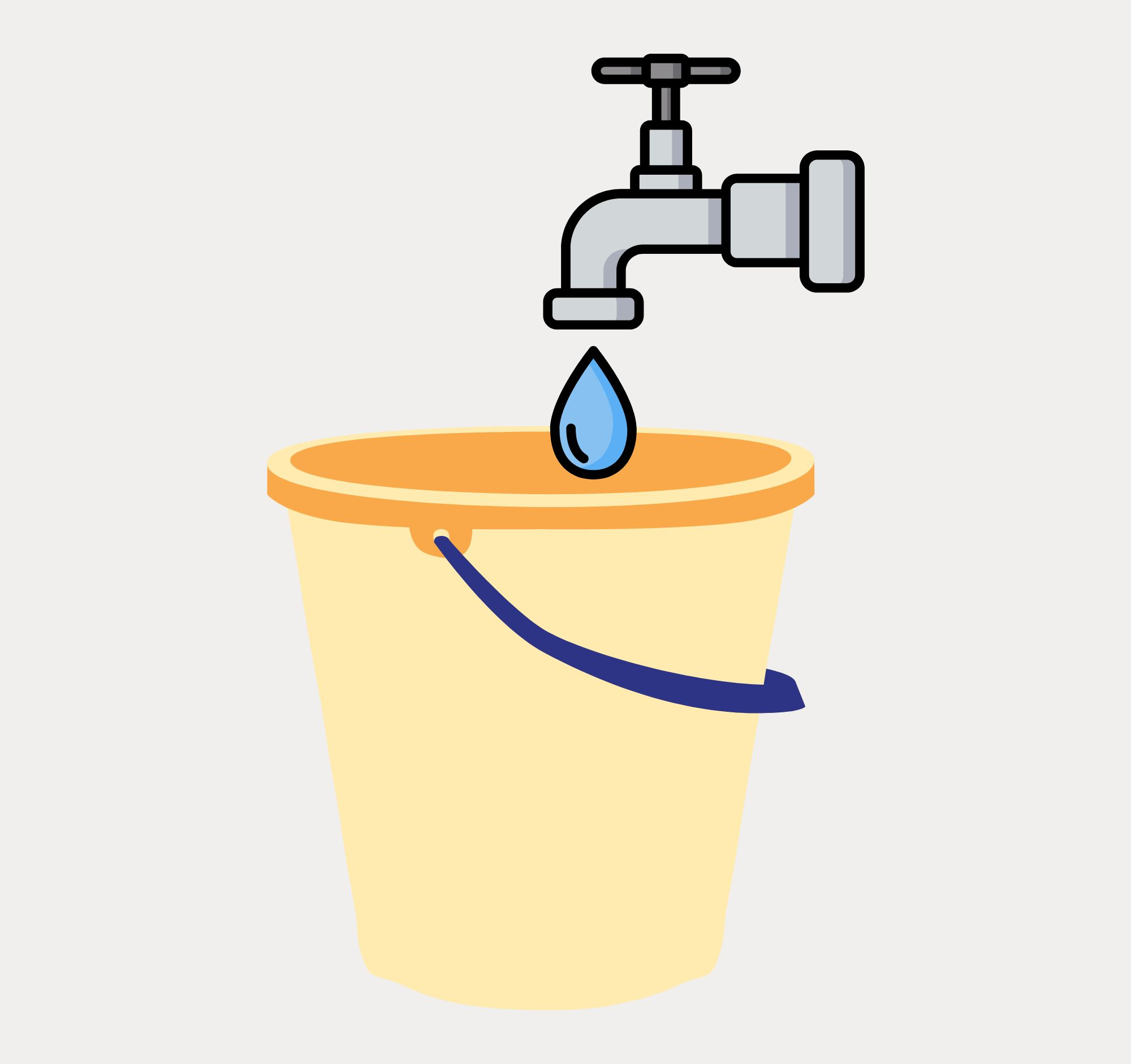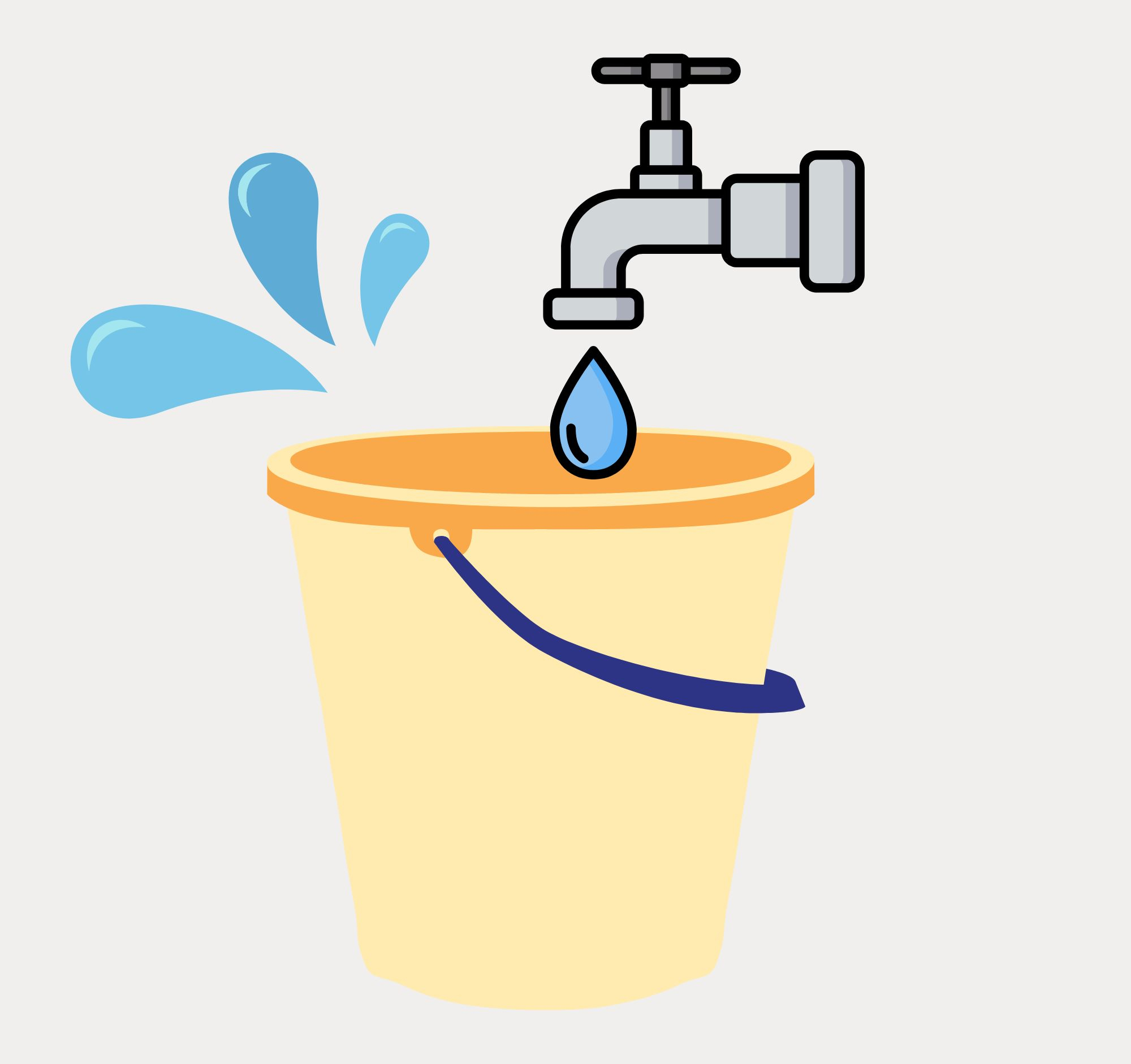
The Histamine Bucket Theory
The Histamine Bucket Theory is a simple but powerful visual aid that can help us understand how histamine builds up in the body - and why we might experience symptoms when levels get too high. This analogy is often used by people living with MCAS, Histamine Intolerance, or other related conditions, as it provides a clear and relatable way to explain how different triggers contribute to overall histamine load.
Rather than seeing symptoms as isolated or random, the bucket analogy helps us recognise that multiple small exposures, each seemingly manageable on their own, can add up over time. It shows that our bodies might tolerate certain triggers one day, but react the next, depending on what else has been added to the "bucket." For example, a food that was well tolerated yesterday might cause symptoms today if combined with stress, a lack of sleep, or exposure to environmental allergens.

How the Theory Works
Imagine your body as a bucket. When the bucket is empty or only partially full, you’re less likely to experience symptoms. But as histamine builds up - through food, stress, environmental exposures, infections, hormonal changes, physical exertion, or other triggers, your bucket begins to fill. Eventually, it may overflow, leading to symptoms such as rashes, digestive issues, headaches, flushing, or fatigue.
Different people have different bucket sizes. Some individuals may be able to tolerate more histamine than others before experiencing symptoms. And even in the same person, the size of the bucket - or their tolerance - can vary from day to day depending on their overall health, stress levels, and other factors.

Filling the Bucket
Many factors can contribute to filling your bucket, including:
- High-histamine foods, such as aged cheeses, fermented products, cured meats, and alcohol
- Environmental triggers, like pollen, dust mites, mould, or chemicals in cleaning products or perfumes
- Stress and emotional strain
- Hormonal fluctuations, particularly around menstruation
- Illness or infection, which can increase inflammation and histamine release
- Physical exertion or overheating
Each of these might pour a little more into your bucket. Some things add just a drop, while others are more like turning on a tap. And sometimes, it's the combination of several small triggers that causes the bucket to overflow.

Managing the Bucket
The goal of using this theory isn’t to eliminate everything that might cause a reaction, but to manage your overall histamine load in a way that reduces symptoms and improves your quality of life. Strategies to keep , your bucket from overflowing might include:
- Identifying and avoiding personal triggers
- Following a lower-histamine diet
- Managing stress through relaxation techniques or pacing
- Reducing exposure to environmental irritants
- Taking prescribed medications that stabilise mast cells or block histamine receptors
Over time, many people learn which combinations of factors cause their bucket to fill more quickly and can make day-to-day adjustments to manage their symptoms more effectively.
Become a friend
Sign up to become a Friend of Mast Cell Action so we can keep you up to date on our progress and on how to get involved in our latest campaigns and initiatives.
Donate
Mast Cell Action relies entirely on the generosity of people like you. Please make a donation now and together we can make a difference to those affected by MCAS.







